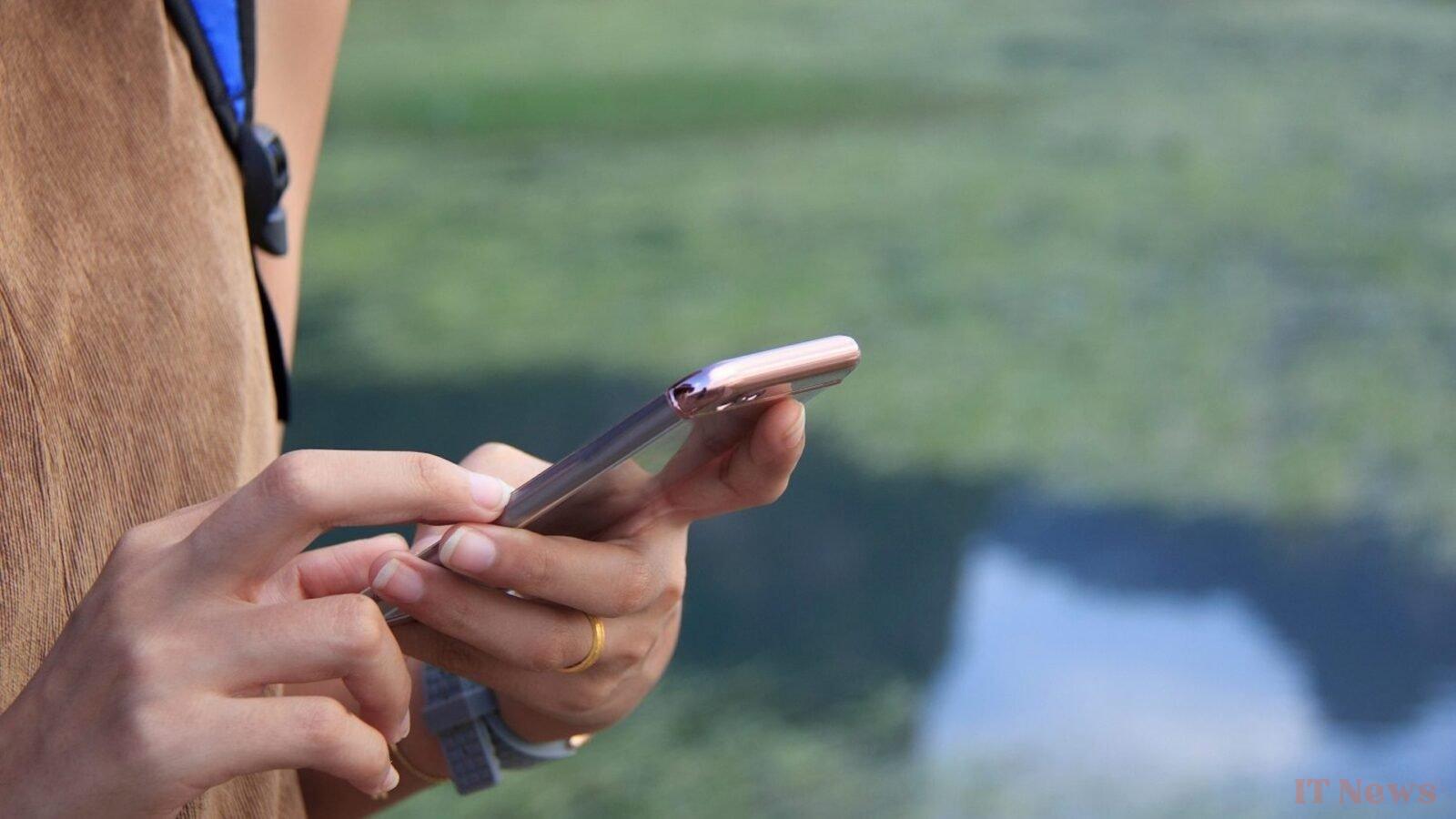If you're planning to upgrade your smartphone in the coming months, be aware that new rules will apply to the entire sector starting June 20. One of the drivers of these latest changes is Regulation 2023/1670, which establishes eco-design standards for smartphones and tablets.
Since 2023, the European Union (EU) has implemented a raft of measures designed to impose new standards on phone manufacturers, starting at the manufacturing stage. Its goal: to extend the lifespan of smartphones. For all devices placed on the market in France and Europe, from June 20, 2025, manufacturers will have to comply with new obligations related to repair, reconditioning, and reuse. And consumers will have access to new information and new rights.
Spare parts to be supplied for 7 years
Let's start with manufacturers like Apple, Samsung, Google, Honor, and Xiaomi. They will have to make a certain number of spare parts available for at least seven years after the end of the market launch date. These parts, intended to replace original components, include batteries, cameras, audio jacks, charging ports, buttons, microphones, and speakers.
Manufacturers will also have to supply these spare parts within 5 working days – for the first 5 years – and within 10 working days – for the last two years. They must also make available "repair and maintenance information" with a minimum level of detail, such as providing a technical repair instruction manual, intended for repairers.
Professional repairers will have access to any software or firmware needed to replace parts: a measure intended to end the practices of some manufacturers who locked out repairs or imposed authorized repairers.
Five years of operating system updates
Also noteworthy, and this is a major innovation, that all smartphone and tablet manufacturers will now have to guarantee, at least, free of charge, five years of updates to their operating system from the date of a product launch. Until now, there was no minimum duration for operating systems, which varied from one manufacturer to another, and from one model to another. This explains why, for smartphones, for example, we find durations ranging from 2 years to 7 years, with 7 years being particularly intended for high-end phones like Google's Pixel 9 or Samsung's Galaxy S25.
This concerns "security updates, corrective updates, and functionality updates". The idea is to "ensure that users continue to receive these updates for a minimum period of time and at no cost, including for a period after the manufacturer has stopped selling the product model concerned", specifies this European law.
While this remains a very positive point, HOP, whom we interviewed a few months earlier, regretted that the European sustainability index, which replaced the French repairability index, does not encourage manufacturers to go beyond this five-year minimum. Manufacturers that exceed this duration will not in fact be "rated" any better.
More robust batteries and phones
Also note that on the phone battery side, the latter must retain 80% of their capacity after 800 charge-discharge cycles: enough to guarantee a minimum usage time for this element of the smartphone. This obligation only concerns models that will be launched after June 20, 2025.
Screens and smartphones will also have to be more robust: they will have to withstand a minimum number of "drops" without losing any functionality, the number of drops from a height of one meter depending on the type of device.
A new label for consumers
On the consumer side, starting June 20, they will have access to new information through a new energy and repairability label. This label will be placed next to or inside the box of smartphones (with 4 to 7-inch screens) and iOS or Android tablets without an integrated physical keyboard. It will be able to read:
- the energy efficiency class (from A to G),
- the battery life per charge cycle,
- the resistance class to repeated drops,
- the battery life – namely, its battery life and the time to fully charge. From now on, batteries must retain at least 80% of their initial capacity after 800 complete charge and discharge cycles.
- the repairability index and
- the level of protection against dust and water (IP index).
A QR code at the top of the label will provide access to the EPREL database (the European public register that centralizes technical information and energy labels for products subject to energy labeling) for more information.



0 Comments